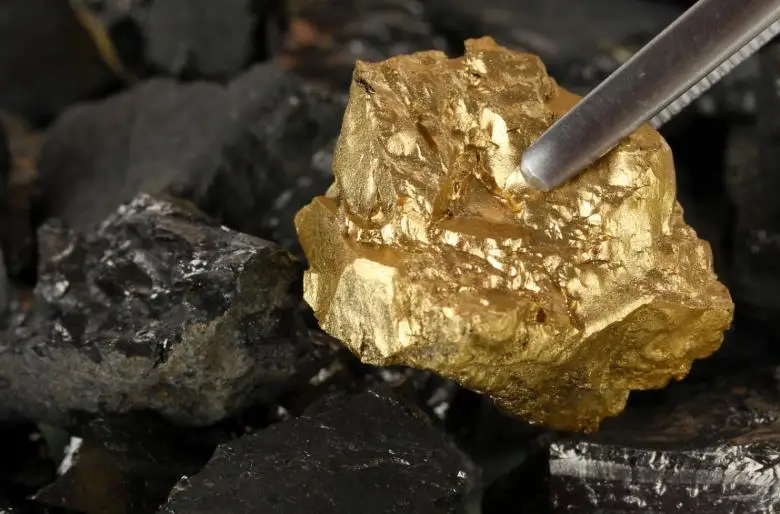A remarkable gold discovery has been reported in central China, where a high-quality gold deposit containing approximately 1,000 metric tons (about 1,100 US tons) of gold was uncovered. This discovery could potentially be one of the largest gold reserves in the world, valued at an estimated 600 billion yuan (USD 83 billion). If confirmed, it would surpass South Africa’s South Deep mine, which holds about 900 metric tons of gold.
Gold Veins Found in Pingjiang County, Hunan Province
The discovery took place in Pingjiang County, located in northeast Hunan Province. According to reports from the Hunan Province Geological Bureau, 40 gold veins were found within 2 kilometers (1.2 miles) of depth. These veins alone are believed to contain 300 metric tons of gold. Further 3D modeling suggests additional gold reserves may extend up to 3 kilometers deep, which would make this one of the largest and most significant gold finds ever.
High-Quality Gold Ore
Core samples from the site show visible gold, a sign of high-quality ore. Each metric ton of ore contains up to 138 grams (around 5 ounces) of gold, a remarkable figure, as ores with over 8 grams of gold per ton are typically considered high-grade. This high-quality ore adds to the significance of the discovery, which could have a major impact on both the global gold market and future mining operations.
China’s Growing Influence in the Gold Market
This new discovery further solidifies China’s position as a global leader in the gold industry. By early 2024, China had already amassed more than 2,000 metric tons in gold reserves, accounting for roughly 10% of global gold production. The discovery of this vast new deposit could drive up gold prices, which have already been rising due to economic uncertainty and increased global demand for the precious metal.
What This Discovery Means for Future Gold Exploration
The find in Hunan raises new questions about the possibility of still untapped, economically viable gold deposits around the world. Experts continue to debate whether we have reached peak gold, but this discovery suggests that significant gold reserves may still exist beneath the surface, waiting to be explored.
Other Recent Gold Discoveries
2024 has been a year of notable gold discoveries. In March, a treasure hunter in England unearthed what could be the largest gold nugget ever found in the country. Additionally, Australian scientists have proposed that earthquakes and seismic activity might play a role in the formation of large gold deposits, opening up new areas for potential gold exploration.
Innovative Uses for Gold in Modern Science
Gold is not just valued for its historical significance; recent scientific advancements have revealed new uses for the precious metal. In April 2024, researchers announced the creation of a two-dimensional gold structure, only one atom thick, called “golden.” This form of gold has unique properties that are absent in traditional gold, sparking interest in its potential applications in electronics, medicine, and nanotechnology.
Conclusion
Gold has been a symbol of wealth and power for centuries, but recent discoveries like the one in Hunan Province show that there is still much to learn about this valuable metal. With ongoing advancements in geology and material science, the future of gold exploration and usage looks promising, offering new insights into both its historical value and modern potential.






